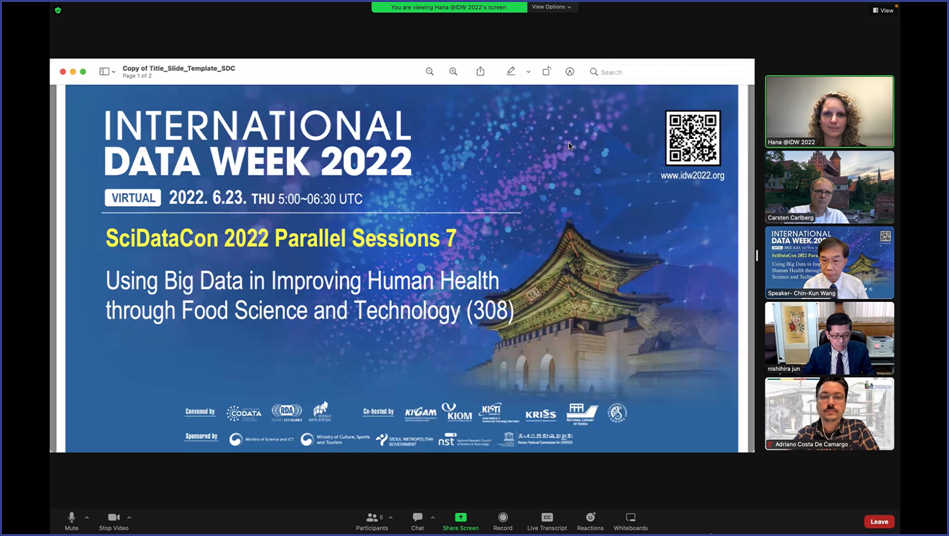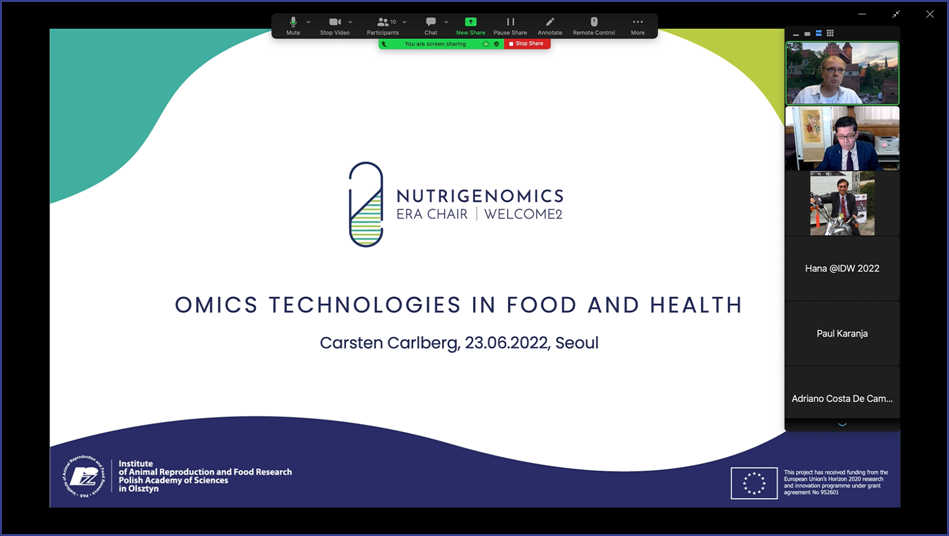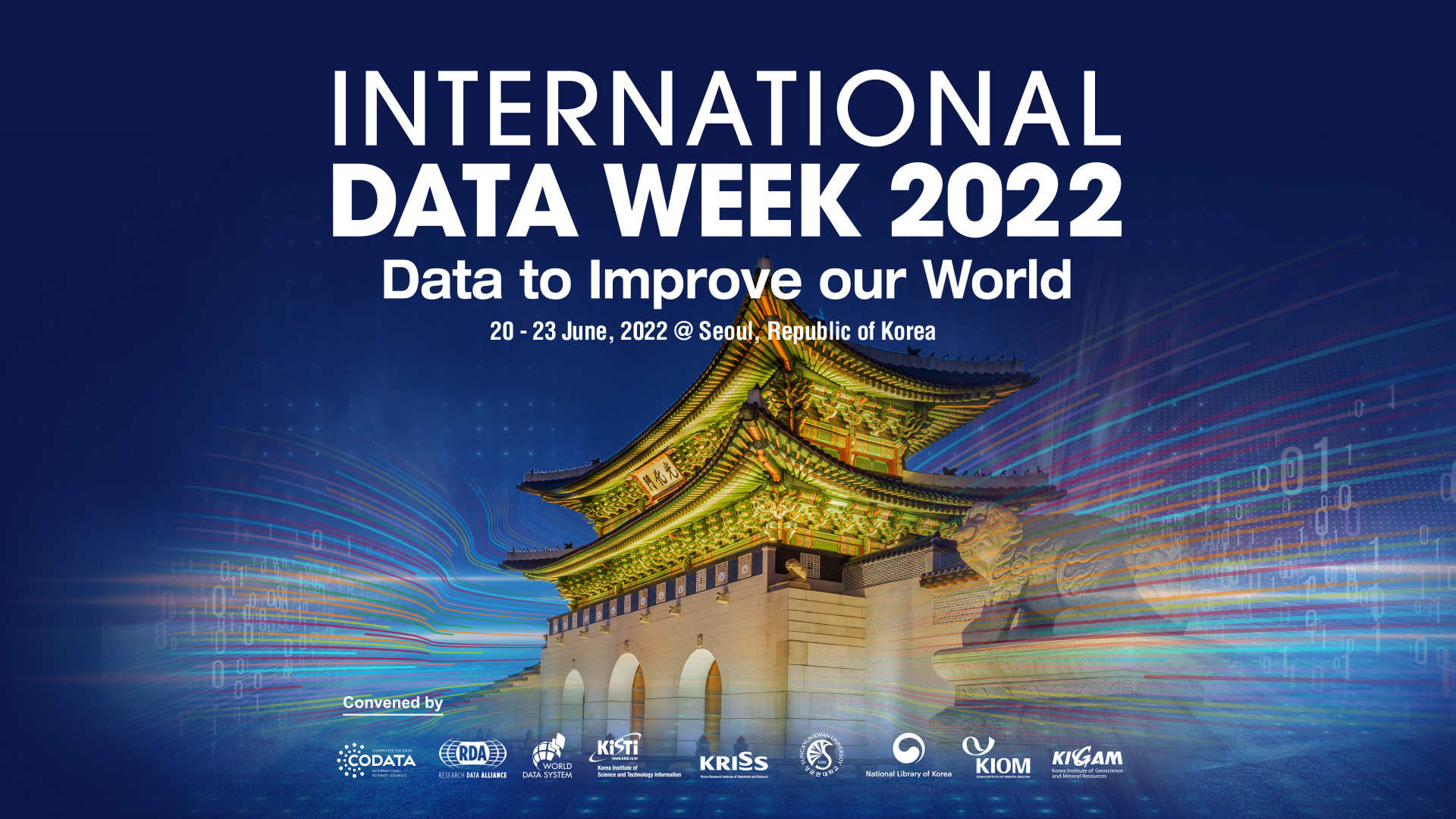Prof. Carsten Carlberg gave a lecture at the SciDataCon-IDW Seoul 2022 conference within the session “Using Big Data in Improving Human Health through Food Science and Technology”. It was another opportunity to promote his research on nutrigenomics and the ERA Chair WELCOME2 project implemented in the Institute.

SciDataCon is part of the International Data Week (IDW) 2022 conference, which took place virtual and on-site (in Seoul) from June 20-23, 2022. The scope of SciDataCon covers policy matters and the place of data in the scientific endeavour and scholarly communications; the opportunities of the data revolution for the global research enterprise; innovations in data science and data stewardship; and the challenge of developing a sustainable data ecosystem, including the role of education and capacity building.

Nutrigenomics in our lives
In his lecture “Omics technologies in food and health”, Prof. Carlberg highlighted the role of nutrigenomics in our lives. He reminded us that nutritional compounds can alter gene expression in many ways. From the point of view of nutrigenomics, food is a set of signals that are detected by cellular sensors such as membrane proteins and nuclear receptors, which lead to changes in the epigenome, transcriptome, proteome, and metabolome, i.e., the complete set of all modifications of chromatin, mRNA molecules, proteins and metabolites in a cell or biological sample. Therefore, nutrigenomics uses next-generation sequencing methods such as ChIP-seq, ATAC-seq, and RNA-seq, as well as state-of-the-art proteomics and metabolomics methods based on mass spectroscopy and NMR.
Central to nutrigenomics is the integration of data derived from transcriptomic, proteomic, and metabolomic profiling with specific nutrients or diets. Therefore, an integral tool of nutrigenomics is bioinformatics methods, including machine learning. This may lead to the identification of biomarkers that can serve as early warnings of nutrient-induced changes in homeostasis, such as the pre-diabetic state. In addition, a future goal of nutrigenomics is to use all the large-scale data describing an individual’s response to different types of interventions, such as increased physical activity, weight loss, different dietary patterns, and other relevant lifestyle changes.
After his speech, Professor Carlberg took part in a discussion session with other panelists of the session.
It is worth noting that the session in question, i.e. “Using Big Data in Improving Human Health through Food Science and Technology” was co-created and developed with the involvement of Prof. Mariusz Piskuła, Director of the Institute and Coordinator of ERA Chair WELCOME2.






